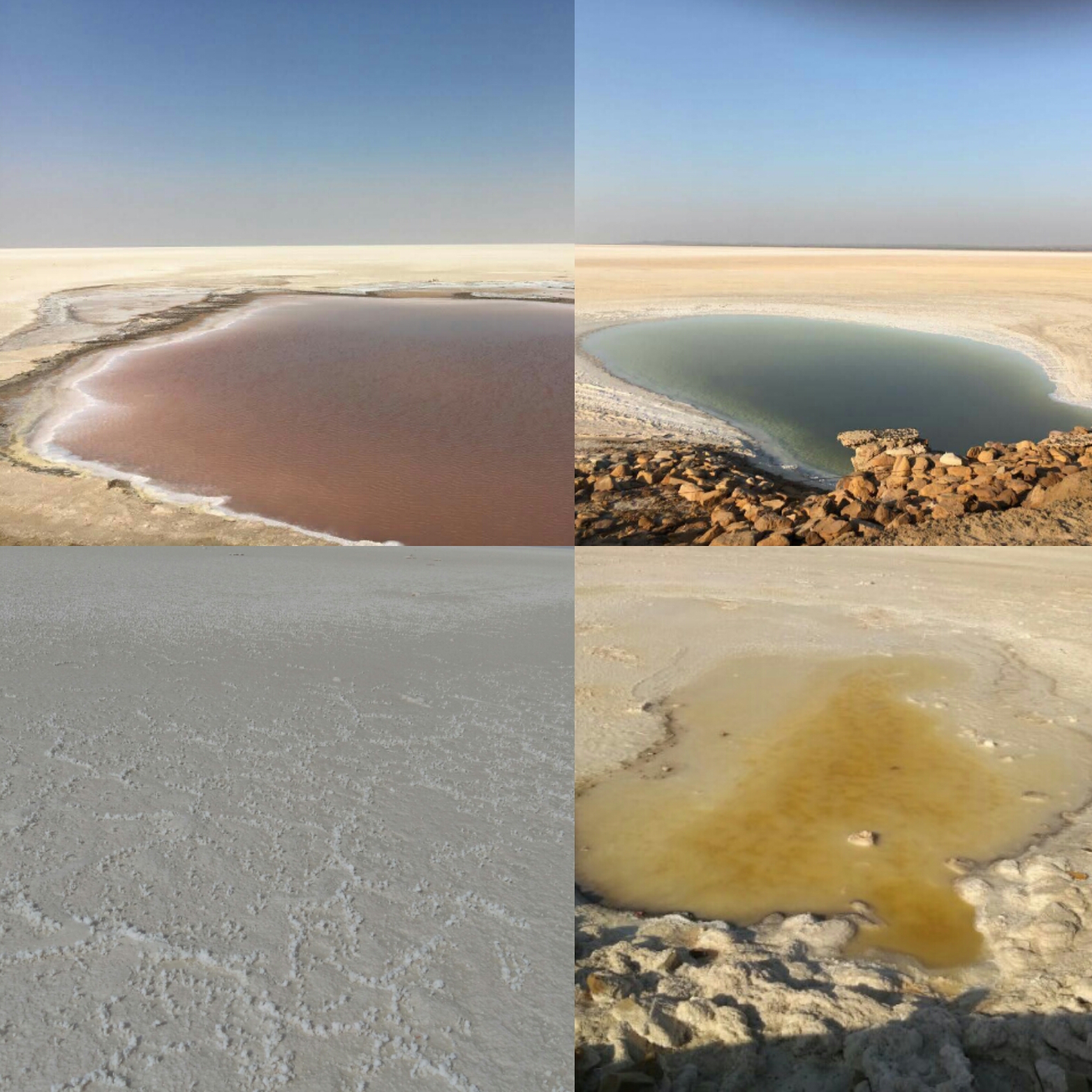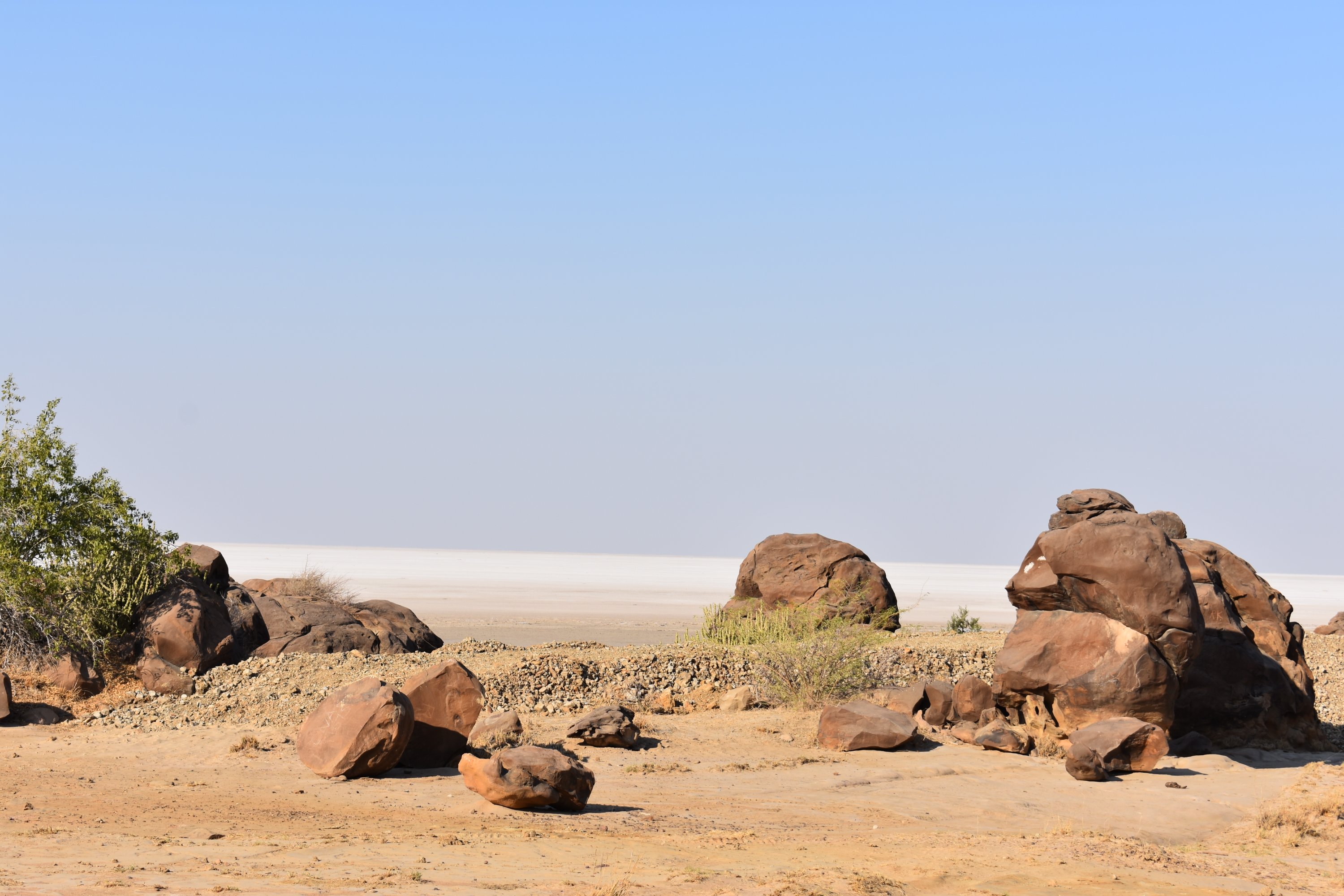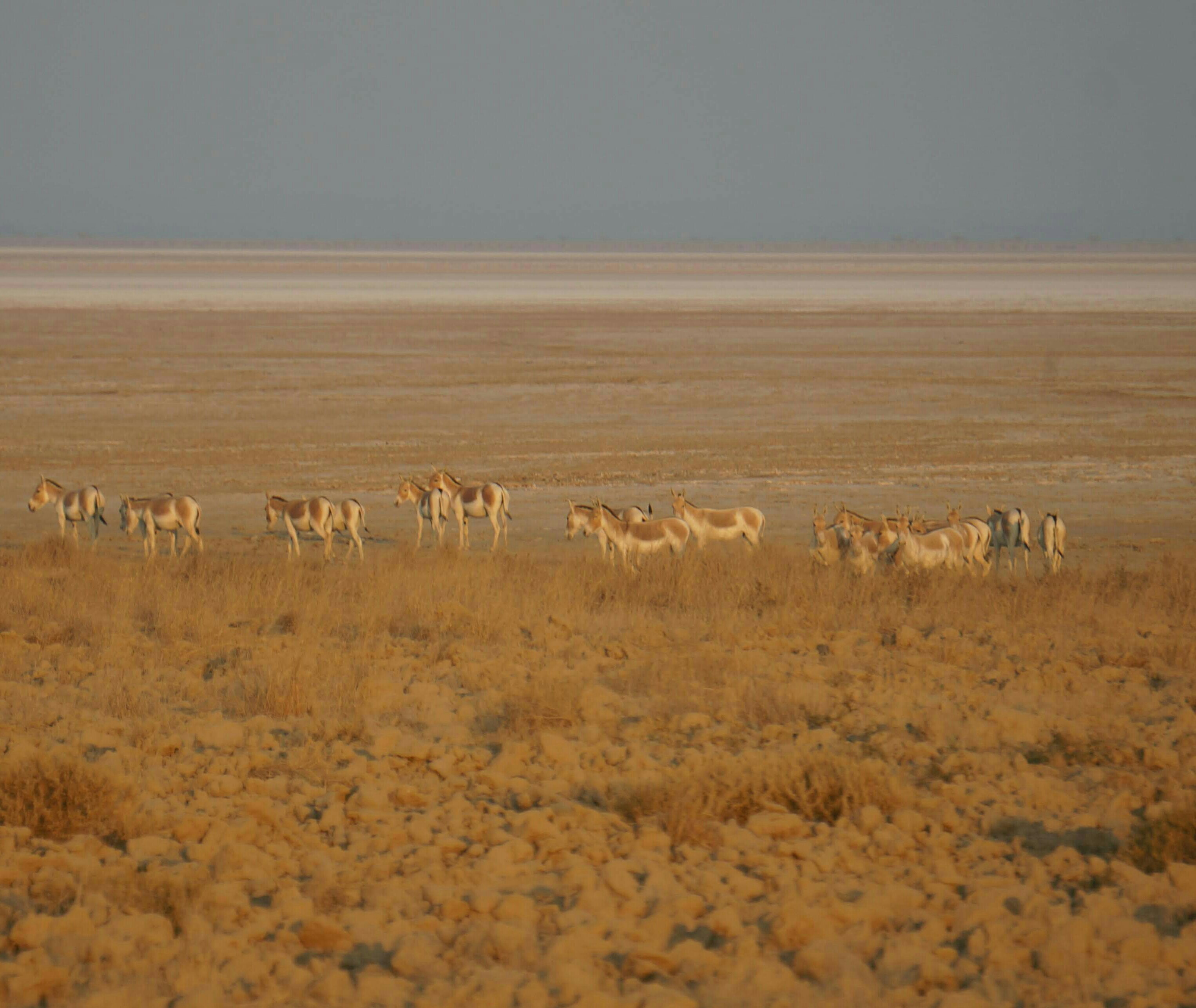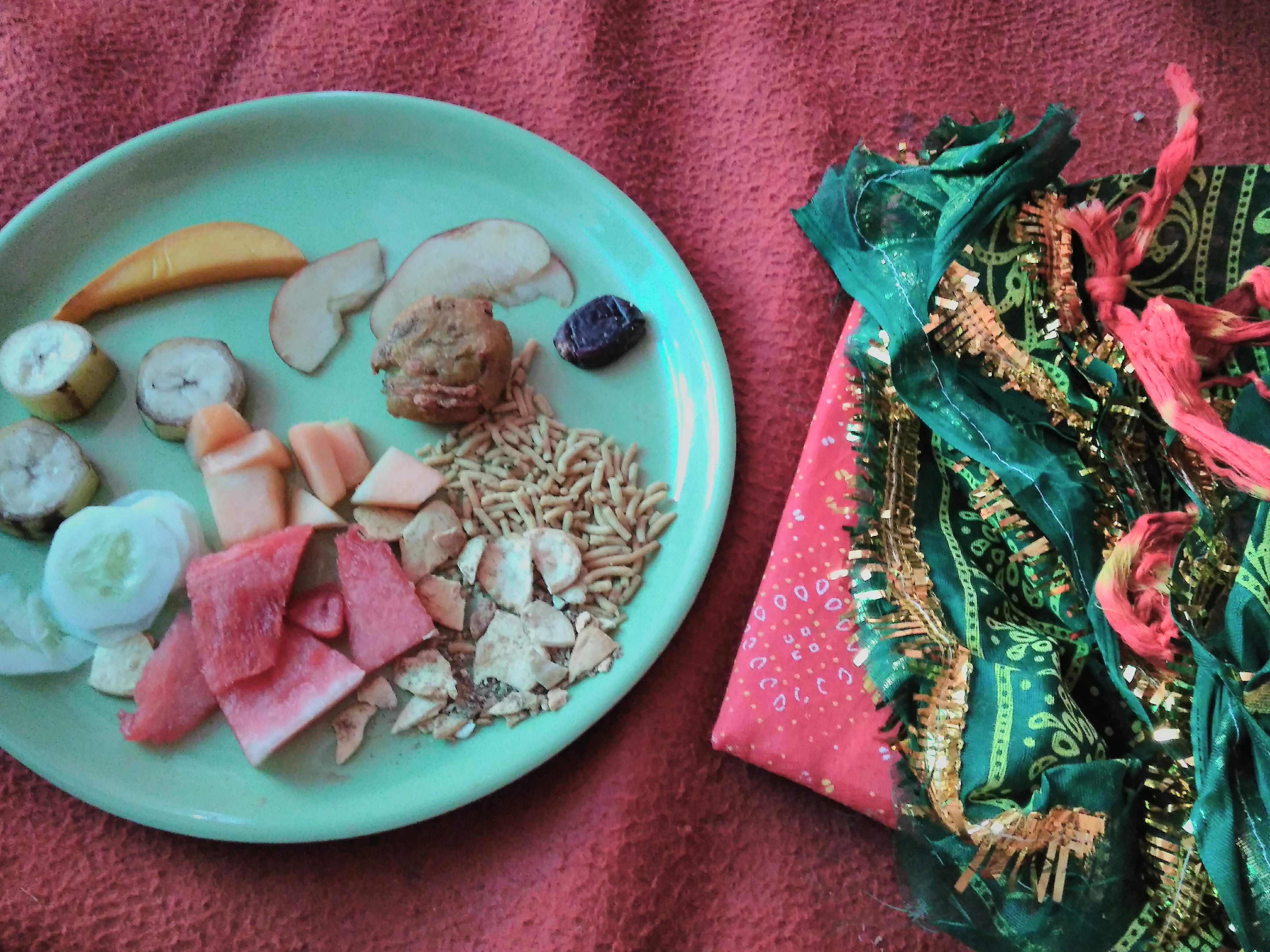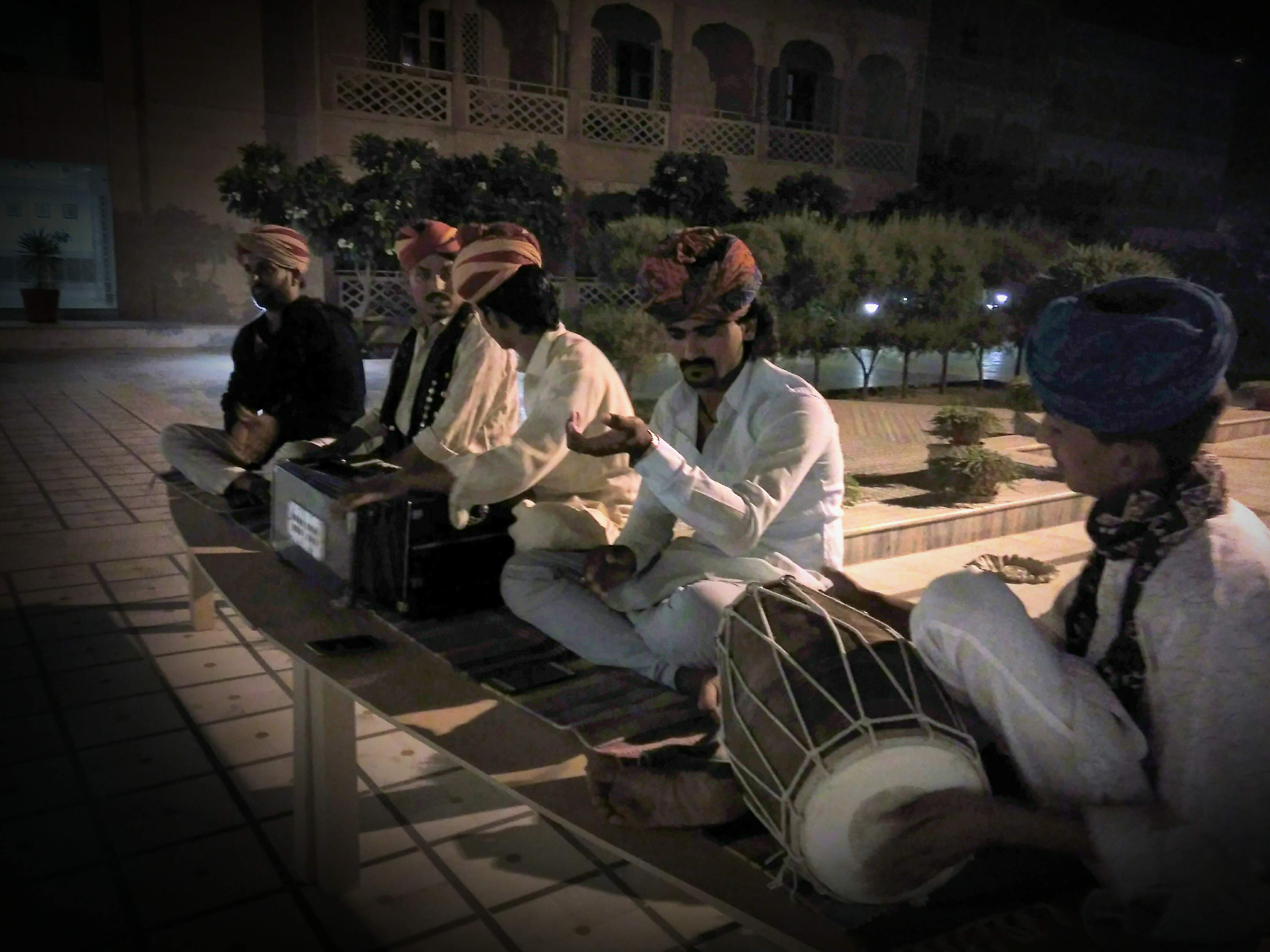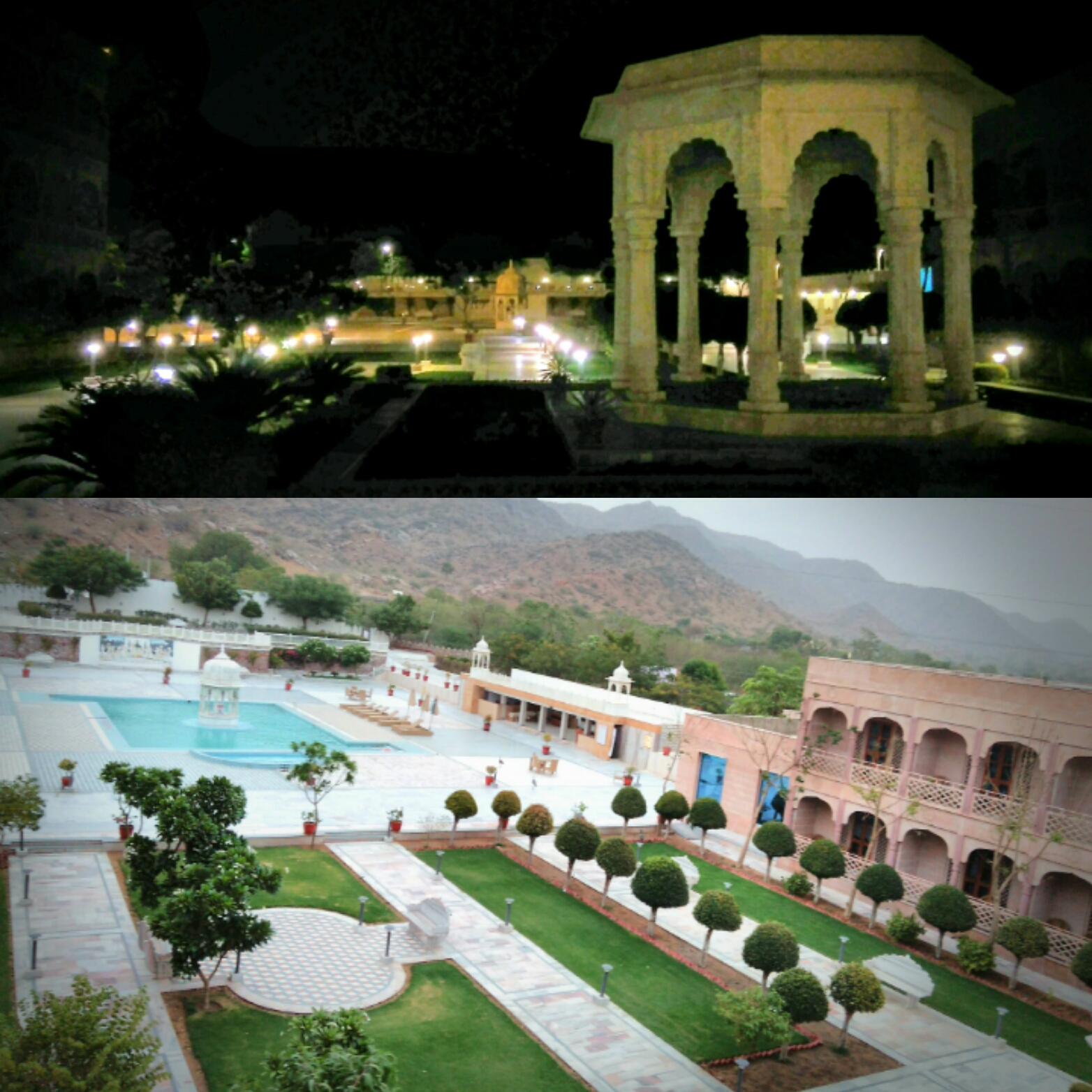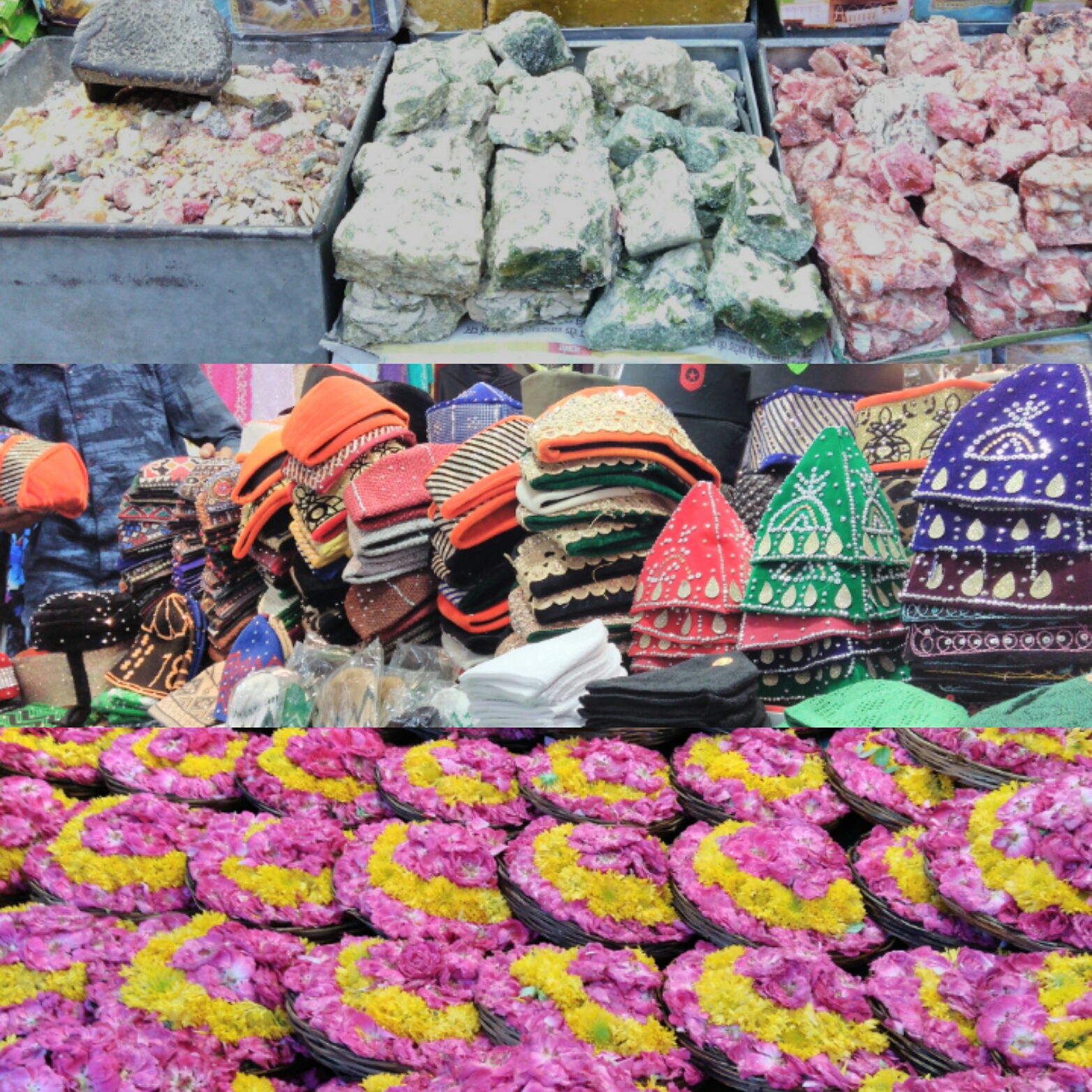On a recent trip to Saudi Arabia, I had come across people of several nationalities, all living in harmony and brotherhood in the country. I noticed that the people from the larger Indian sub-continent are greatly respected by the locals irrespective of their nationality. By the Indian subcontinent I mean, India, Pakistan, Bangladesh and to somewhat an extent, Sri Lanka. Everybody shares a common language, ethnicity, and identity of being an “Indian”. During my stay there, I witnessed National festival celebrations of three countries including Pakistan’s Independence Day, Indian Independence Day, and Saudi National day (Independence Day).
Celebrating Pakistan’s National festival:
I arrived in Saudi on 13th August’22. It was the first day of my presence in a new country, I was all excited to get acquainted with my neighborhood. But, I was suffering from a headache due to lack of sleep. Hence, I just identified a mall, some Indian restaurants, and a few grocery stores nearby for availing emergency items and called it a day.
On the 14th morning, I noticed that a big Pakistani flag was hung in a shop located right in front of the hotel where I was staying. It indicated that the store was owned/run by a Pakistani citizen, and they were celebrating Pakistan’s 75th Independence Day. For me, it came as a surprise that another country’s flag was allowed to be displayed publicly. But what piqued my interest more was meeting a Pakistani national for the first time. It needs no explanation that any form of free communication between the people of India and Pakistan isn’t accepted in both nations when we are residing in our respective countries. I decided to buy a small flag as a souvenir to mark my first meeting with any Pakistani person in my lifetime. Hence, I crossed the road and entered the large textile store.
Ranging from bangles, frocks, cufflinks, brooches, keychains, and flags, there were several Pakistani National day themed knickknacks available for purchase. The shopkeeper asked me what I was looking for. I asked him to give me the smallest available replica of the Pakistani national flag in the thought that I could paste it in my personal journal/ scrapbook. But, there was none in the size that could fit into my book. He showed me some of the other accessories available, and I informed him that none could be used in my country. A little surprised, he asked me where I was from. I told him that I was from India. Learning of my interest in buying a Pakistani flag as a souvenir excited him. He happily handed over a small stack of miniature flag stickers into my hands and asked me to keep them all, for which he refused to accept any money. He wished me in advance for India’s Independence Day and I returned the greetings for his country’s special day before leaving his shop.
Celebrating India’s National festival:
It was 15th August on the following morning, a day that India was celebrating as ‘Azadi ka Amrit Mahotsav’ back home on her 75th Independence Day. That day, there was no sight of any Indian flag hanging anywhere outside on the streets. I decided to seize the opportunity to explore the neighborhood a little more in the name of adding an Indian national flag to my journal in memory of my first Indian national festival celebration, outside of India. I walked into a few Indian textiles stores asking them if they had any Indian flags to which they responded with a negative. I walked into a few Indian restaurants to check if they had anything on display or if they could give me any leads to where I could find one. A few of them asked me the purpose of why I was searching for an Indian flag. When I told them that I wanted to use it as a souvenir, they either smiled or had a smirk on their faces. They must have wondered that I was some crazy woman walking freely on the streets of Saudi in search of my country’s independence.
None of them had any clue where I could find one. In the pursuit of an Indian National flag in Saudi Arabia, I wandered across a few streets walking over 9800 steps as indicated in the activity tracker on my smartphone. After concluding it to be a futile attempt to find an Indian tricolor, I decided to head back to my hotel. During my return, my eyes fell on a stationary shop and I decided to give it a last try. There was an Indian storekeeper who smiled upon hearing my inquiry. He took me to the section where a bundle of small plastic flags was kept. I asked for one flag for which he charged me 2 SAR without a bill. I came out of the shop all happy after a successful hunt at exactly the 10,000th step in the activity tracker, only to realize that I was standing just a few yards away from my hotel and that I had searched all over to find a little flag.
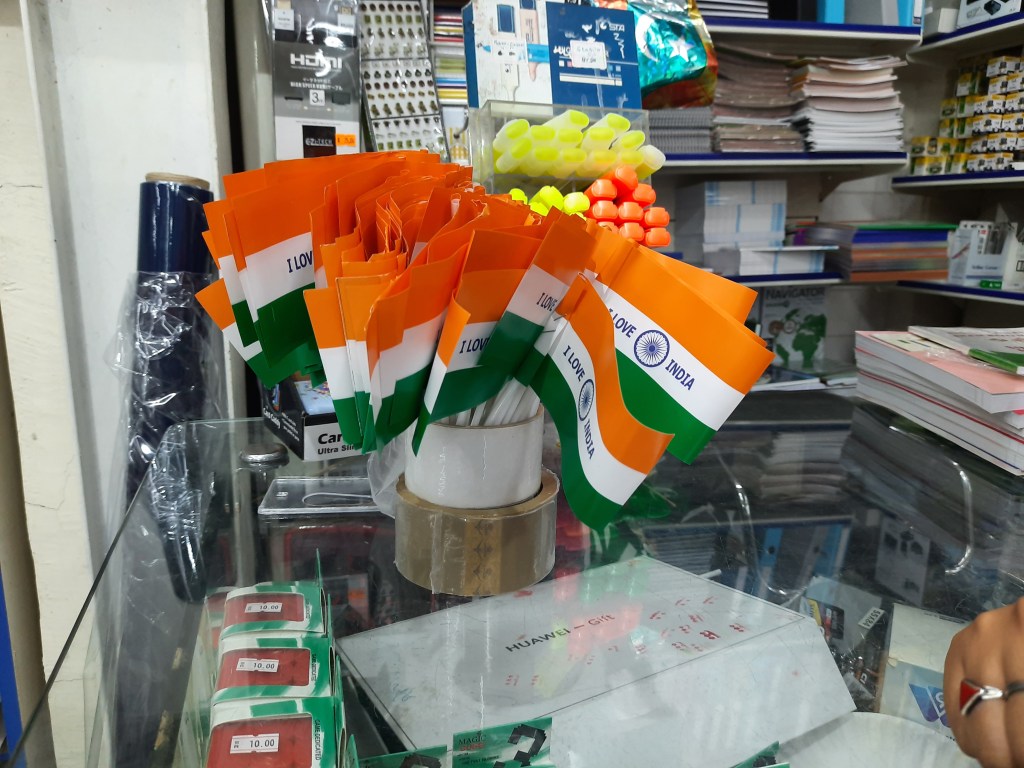
Celebrating Saudi Arabia’s National festival:
It was a long weekend due to the Saudi National day celebration on the 23rd of September. I was in Riyadh, the country’s administrative capital where several ceremonies were scheduled for the observance of the National day. The entire city was lit up and decorated with the theme of the Saudi national flag, which I was told was the case throughout the country. The level of public involvement and the fervor with which a national day is celebrated in Saudi was something that I felt missing back in my country on a national festival.
At the end of the National day celebrations, I and a few others who had accompanied me for the weekend were at the airport terminal in Riyadh, waiting for our return flight. We noticed that all staff working at the airport and the shops were wearing representative brooches or sashes. By then, I had realized that I had the national flags of two countries as souvenirs with a backstory of how I got them. I didn’t want to miss out on adding one from Saudi to the collection because that’s where I was to celebrate the national days of all three countries in 2022. I asked one of the staff about where I could get one for myself and that’s it. She got a sash not just for me, but one for each person who had accompanied me. Her colleagues and she were extremely excited to give us the sashes and click selfies with us wearing them. And any money offered in exchange was refused to be taken, as they called it a gift for us from them.
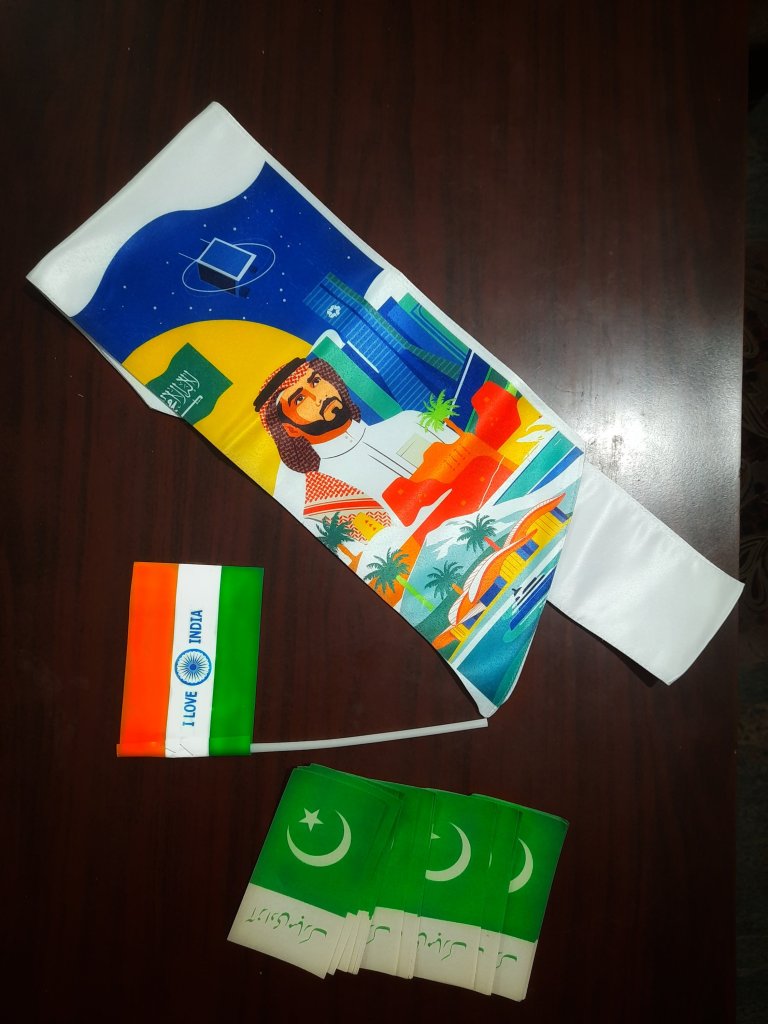
Conclusion remarks:
Sitting back on my flight, I was trying to recollect my experience of how a national festival was perceived by three different countries. As a foreigner, I was given a gift (free of cost) by Saudi Arabia and Pakistan with excessive excitement. Whereas, being an Indian, I expected myself to be warmly greeted by a fellow Indian on foreign soil and share the same enthusiasm to wish each other on India’s national festival. Instead, I bought an Indian flag from an Indian (it was a small cost by any reference, that could be waived off). It was not the free item I was seeking, but at least an Indian to be able to guide me to a place where I could get Indian products. The expectation was to meet another Indian who shared the same excitement to celebrate India’s festival as that of a Saudi or a Pakistani.
Are we Indians less patriotic? What are your thoughts?



